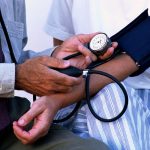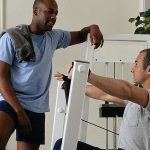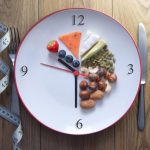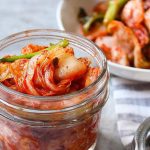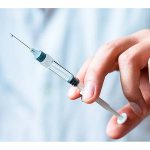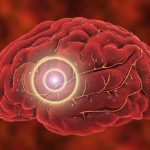
Radon, an invisible, naturally occurring radioactive gas, appears to raise a person’s risk of stroke, a new study suggests. Already known as the second leading cause of lung cancer, these new findings suggest exposure to radon can increase risk of stroke by as much as 14%, according to a report published Jan. 31 in the journal Neurology. “Our research found an increased risk of stroke among participants exposed to radon above — and as many as two picocuries per liter (pCi/L) below — concentrations that usually trigger Environmental Protection Agency (EPA) recommendations to install a home radon mitigation system,” said researcher Dr. Eric Whitsel, a professor of epidemiology and medicine at the University of North Carolina in Chapel Hill. Radon is produced when metals like uranium or radium break down in rocks and soil, researchers said. The gas can make its way into homes through gaps around pipes and cracks in basement walls and floors. For the new study, researchers tracked nearly 159,000 women with an average age of 63, none of whom had suffered a stroke at the start of the study. The team followed participants for an average of 13 years, during which there were nearly 7,000 strokes. Researchers used participants’ home addresses to gather radon concentration data from the U.S. Geological Survey and the EPA. EPA standards recommend that average indoor radon… read on > read on >










